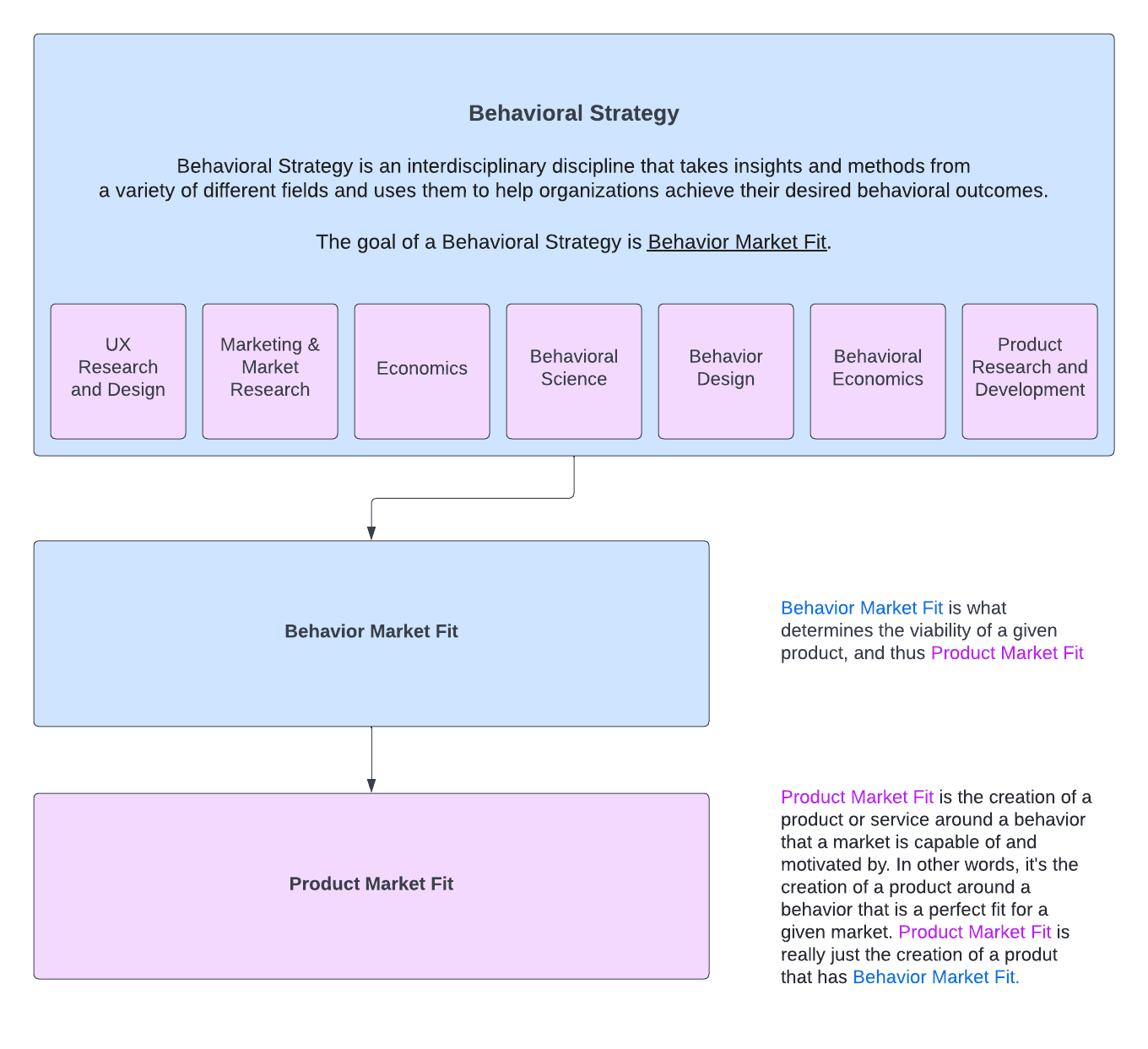There’s a new business function in the corporate world, and it’s called Behavioral Strategy. This interdisciplinary field takes insights and methods from a variety of different fields and uses them to help organizations achieve their desired behavioral outcomes. In other words, Behavioral Strategists are the people who are charged with thinking about the behavior of an organization’s customers and ensuring that a rich understanding of their behavior is incorporated into new projects and plans.
The benefits of having a Behavioral Strategy function are clear. After all, understanding customer behavior is essential to developing successful products, marketing campaigns, and business strategies. But Behavioral Strategy goes beyond simply understanding customer behavior; it also helps organizations effectively modify customer behavior in order to achieve desired business outcomes.
Giving behavior a seat at the table
The success of all new products and initiatives are, to a large extent, determined during the strategy and planning phases. It is during these phases that the overall goals and objectives are set and the necessary steps for achieving them are laid out. But too often, customer behavior is left out of the equation during these critical planning stages.
This is a grave error. The fact is, no matter how well-designed or executed a product or initiative may be, it will ultimately fail if it does not take into account the behavior of its intended users. This is where Behavioral Strategy comes in.
Behavioral Strategists are experts at understanding human behavior and using that knowledge to ensure that any new product or initiative is created with human psychology in mind.
In short, Behavioral Strategy is all about giving behavior a seat at the table, alongside functions like operations, finance, marketing, and product.

Behavior Market Fit
Over the last 15 years, the technology world has talked a lot about Product-Market Fit as the holy grail. Marc Andreessen defines Product Market Fit as “being in a good market with a product that can satisfy that market”.
Steve Blank, creator of Customer Development and the godfather of the Lean Startup movement, defines Product/Market Fit as the “match of product features and customers”.
However, there’s a new concept in town that’s just as important, if not more so: Behavior Market Fit.
Whereas Product Market Fit is about whether or not a product has the right features for a given market or user group, Behavior Market Fit is about whether or not a product is conceptualized and designed to be regularly used by its users.
Behavior Market Fit is important because it underscores the fact that a product or service must not only be well-designed and appealing to its users, but that it must also be able to harness or change the behavior of its users in order to be successful. In other words, a product or service must be able to create “Behavioral Fit” with its users in order to achieve long-term success.
This is where Behavioral Strategists come in. By understanding human behavior and using that knowledge to guide the creation of new products and initiatives, Behavioral Strategists help ensure that those products and initiatives have the best chance of achieving Behavior Market Fit.
And that’s why Behavioral Strategy is poised to become one of the most important functions in modern organizations.





